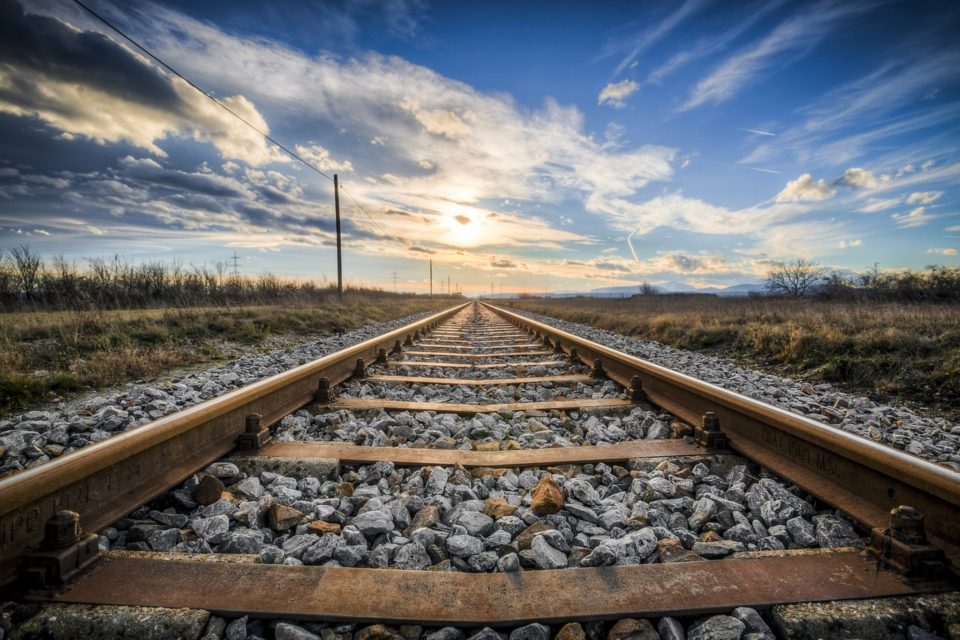Posted On June 25, 2019
Last week, the consulting firm AT Kearney released its 2019 State of Logistics Report. Conducted every year since 1988, the 2019 report looks at changes and trends in logistics costs in 2018.
If you are a shipper, here are a few highlights from the report you may want to know.
1. Logistics costs rose steeply in 2018.
Overall, logistics spending increased by 11.4% in 2018. That increase means logistics as a percent of GDP rose to 8.0%, the highest number since 2014. Part of that increase can be attributed to a challenging freight environment and particularly sharp increases on truckload spending.
What does that mean for 2019?
No one is sure, but the first half of the year would suggest that neither the challenging freight environment nor the increases in spending on truckload and dedicated freight are likely to decrease. Overall though, the experts behind the AT Kearney report expect increased spending on logistics to at least level off in 2019—though supply chains and the world events that influence them are unpredictable, and experts can be wrong.
2. Are we going to have a recession? No one knows, including the authors of the report.
Despite constant reports of an impending recession, a possible economic downturn remains just that: a possibility.
There is an old saying that a stopped clock is right twice a day. The same can be said for the thousands of self-appointed economic psychics who make predictions using little more than hindsight, cherry-picked data, and a Twitter account. If it were easy to predict a recession, they wouldn’t be such a big deal.
The experts at AT Kearney buck the recession prediction trend in their report. While they do foresee the gradual cooling of a historically hot economy, gradual cooling and a recession are not the same thing. In fact, they are the opposite, given that the technical definition of a recession is two consecutive quarters of economic contraction, not lower growth.
Point being, if you’re a shipper, stay informed—but don’t panic. The economy is still growing, even if it’s never growing as fast as everyone would like.
3. Freight challenges are forcing shippers to be more proactive and strategic.
In 2018 trucking-related expenditures comprised 64% of total transportation costs. Spending on dedicated trucking—driven by shippers anticipating continual freight cost increases—grew by more than 13%. After years of continual rate increases, many shippers have concluded that it is far riskier to not lock in today’s high rates, given that tomorrow’s rates are likely to be even higher.
More than anything, the data and observations in the report lead to one inescapable conclusion: Your supply chain is becoming more complex and more expensive. Taking a proactive, strategic approach to your company’s supply chain isn’t just a good idea.
It’s an absolute requirement.
Luckily, like AT Kearney, the team at the Flat World Holdings family of companies is built on supply chain expertise, insight, and strategic thinking. We aren’t “just” freight claims specialists, e-commerce experts, freight forwarders, or project managers. We are a team of strategists and thought leaders with decades of combined experience in intermodal-transportation, freight, warehousing, transportation management systems (TMS), and every other component of logistics and supply chain management.
And that team is here to help you build a supply chain and logistics program that will be a top performer in 2019 and in 2049, when AT Kearney releases its sixtieth annual report.

